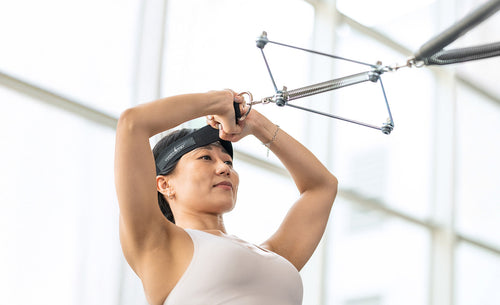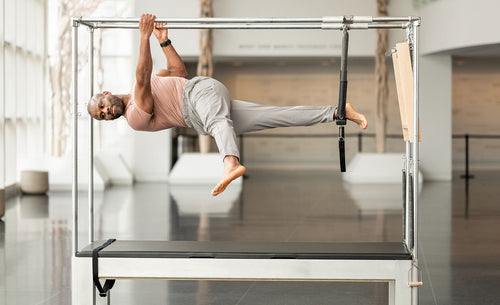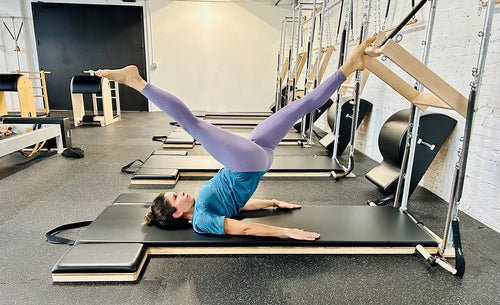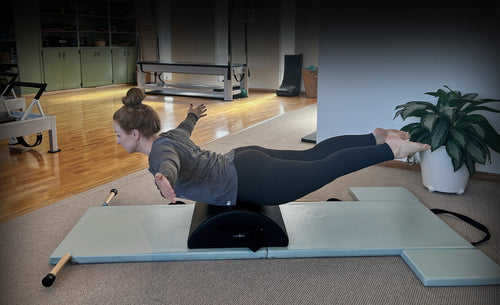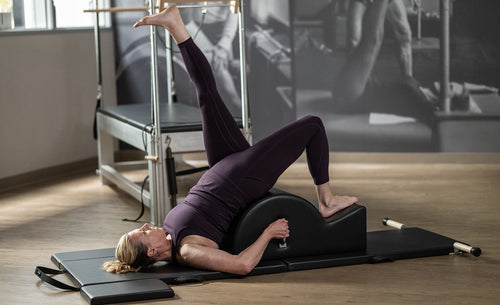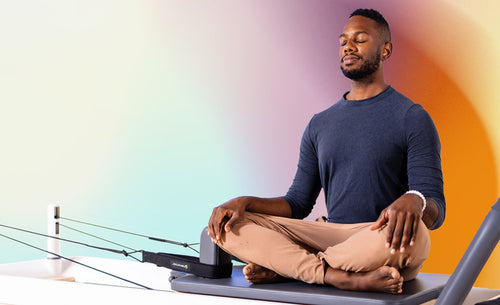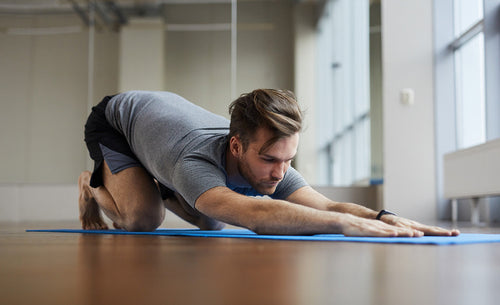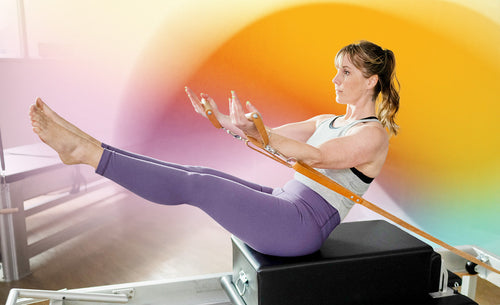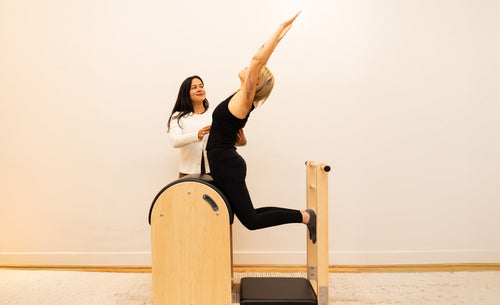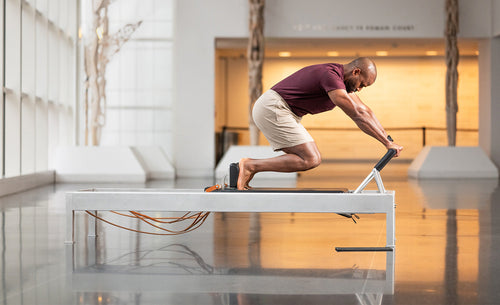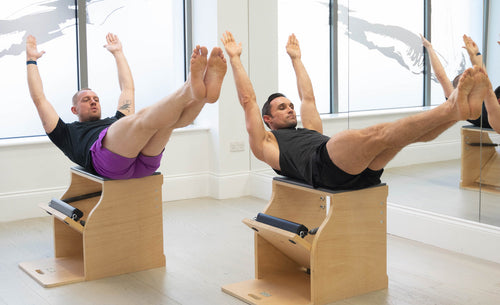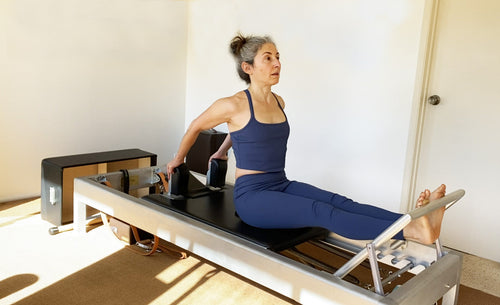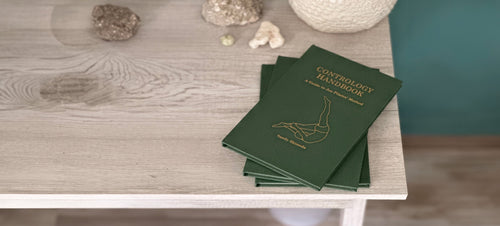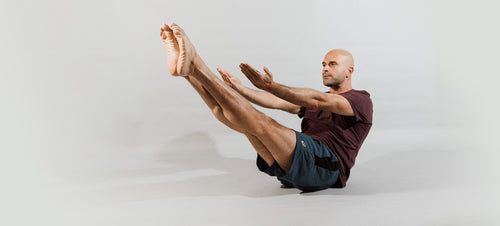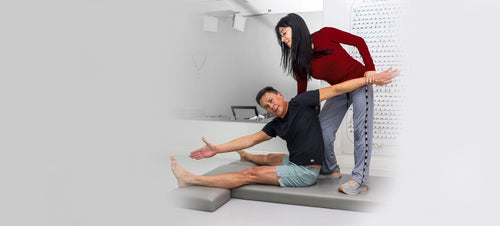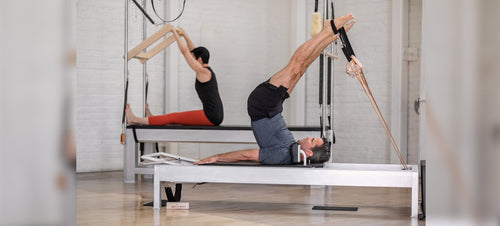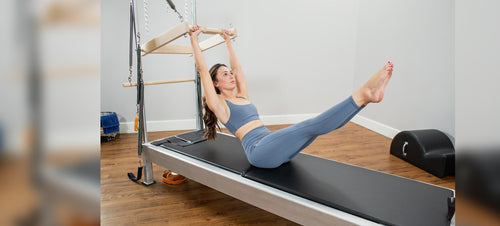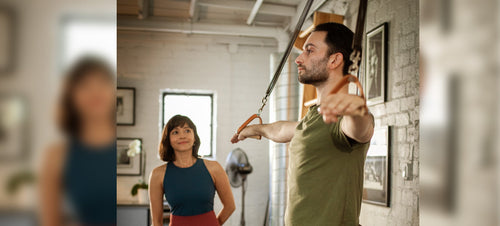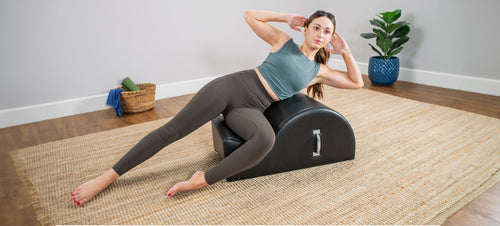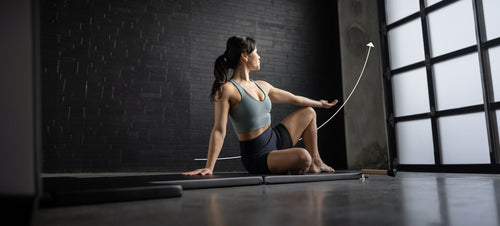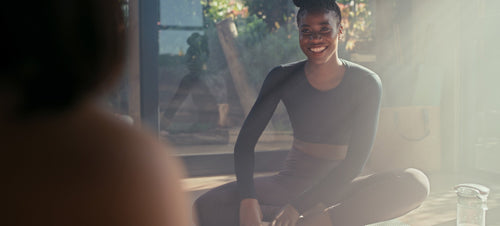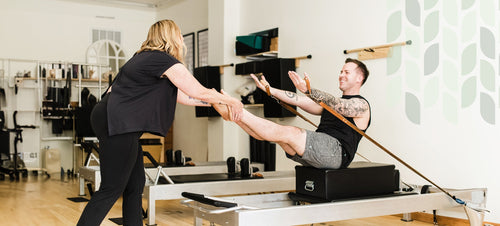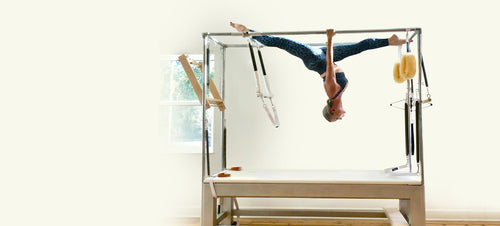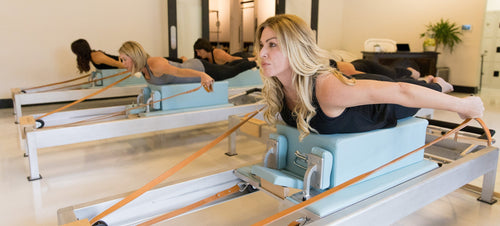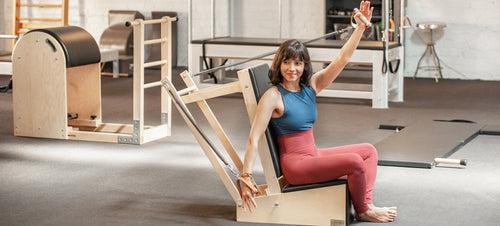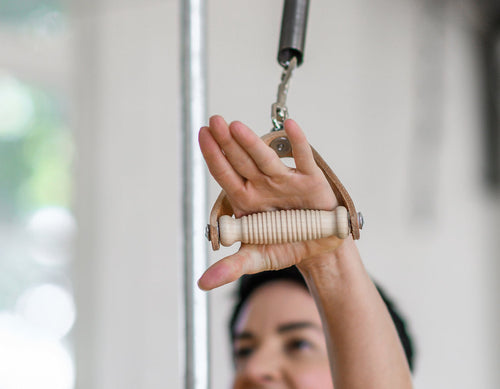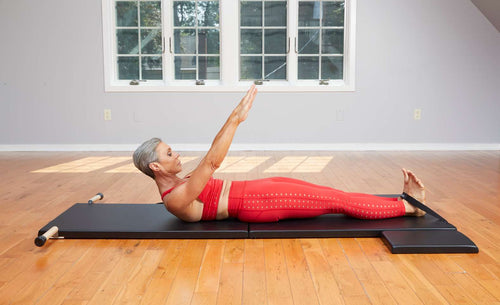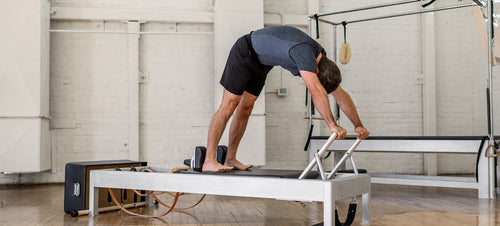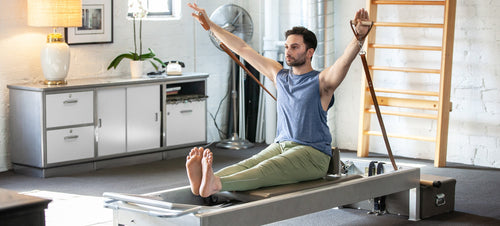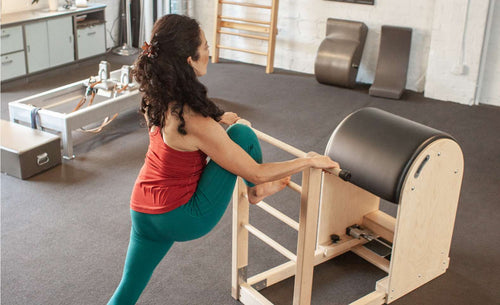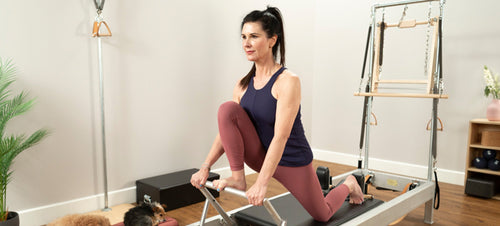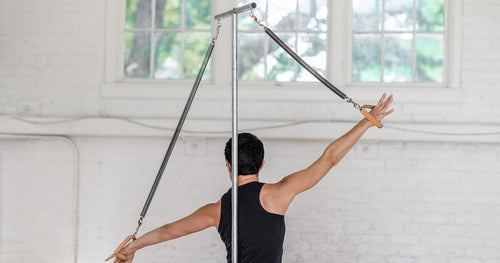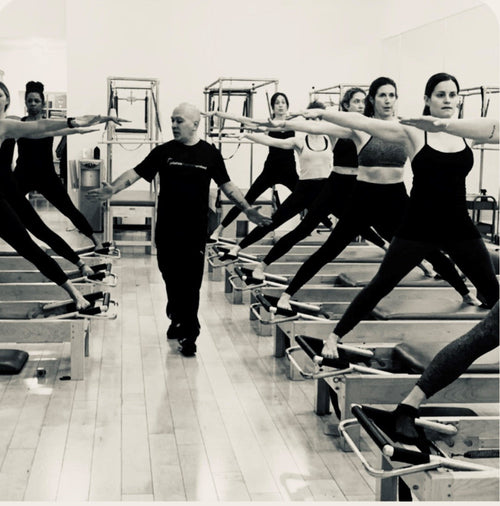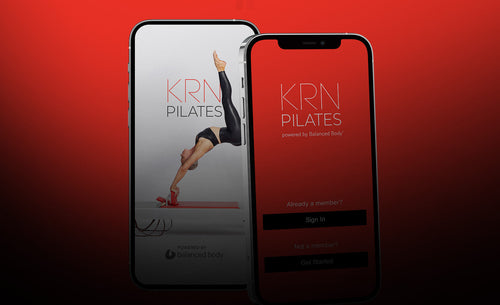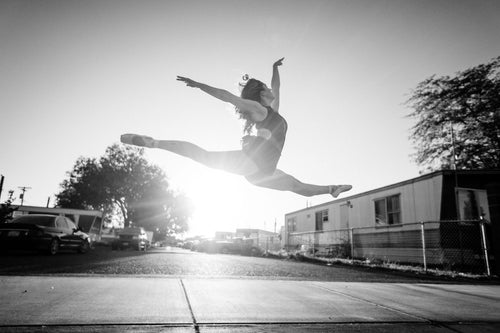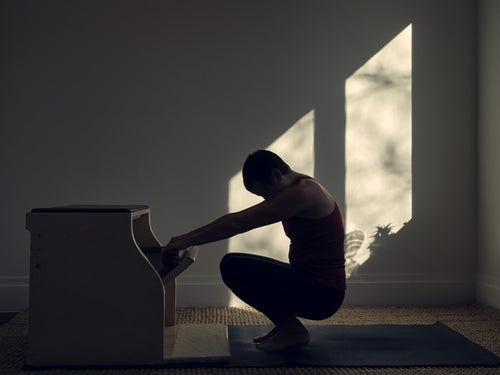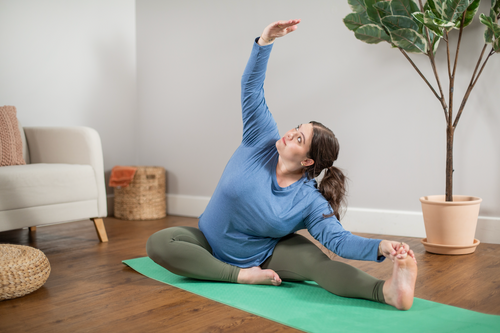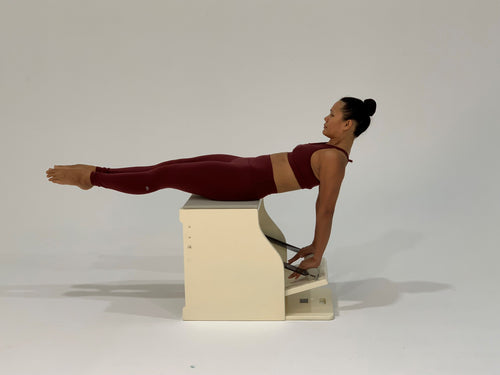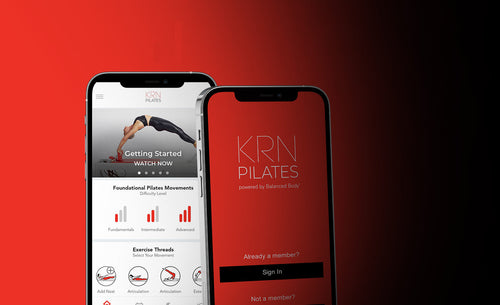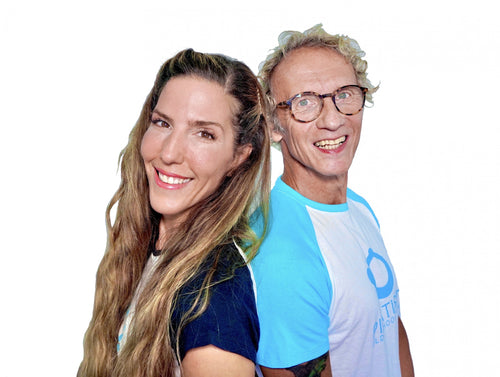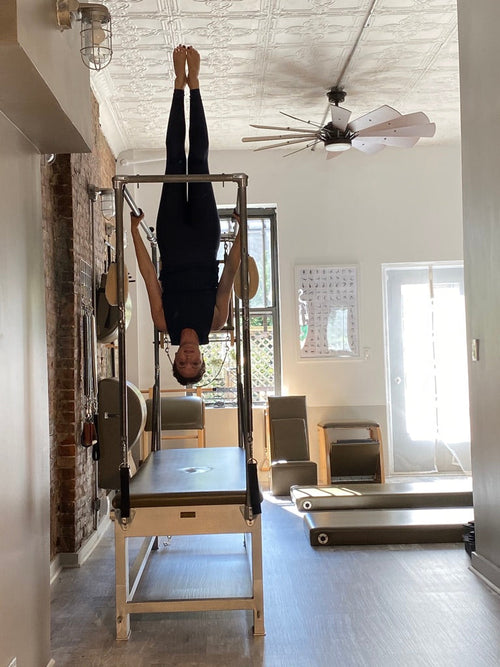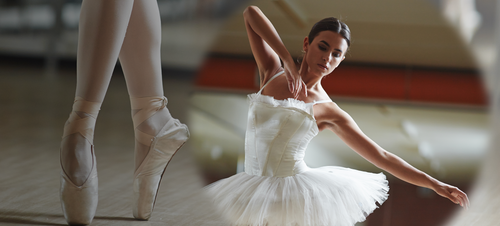Flour, sugar, butter, and eggs may be the ingredients, but it’s not until they are brought together in the perfect ratio that they transform into a cake. Similarly, the Pilates principles alone are not the method- it’s when our breath, control, and concentration combine in harmony that the true magic of flow emerges and our practice takes on a delicious life of its own.
In Pilates, flow refers to the quality of our movements, capturing what Joseph Pilates described as the ‘suppleness and grace’ of a cat. It’s about achieving continuity, fluidity, and seamless integration of the body in every exercise. We might also find flow in the transitions from one exercise to the next. Flow taps into rhythm and synergy, balances contraction and expansion, and ultimately invites an experience that somehow feels more fulfilling than your typical workout.

Flow within your Body
How do we achieve this “suppleness and grace”? On the physical level, we can tune in to our fascia. This tensional web allows the different parts of our body to move as an integrated whole. Our fascial tone (pliability vs. stiffness) determines how “springy” our movements can be and what range will allow our fascia to “bounce back”- a concept called “elastic recoil”. I like to refer to it as the ‘yo-yo range’ Each of us has a unique ‘yo-yo range,’ which can change from day to day depending on our body’s natural elasticity. Learning to sense how your body rebounds—like the way a yo-yo snaps back into place after being stretched—can help bring flow and resilience to your movement."
Along with our muscles and fascia, our bodies contain energetic pathways. This is the network accessed by techniques like acupuncture or tai chi. Our life force energy flows through these channels to vitalize and nourish all our systems. Good health depends on the smooth flow of energy through these meridians. When we have blockages, which can stem from physical or emotional causes, it’s like building a dam in the river. Pressure and floods wreak havoc in some areas while others are left in a drought! When we practice Pilates we stretch and twist, wringing out the channels through movement and breath, and encouraging the smooth flow of restorative energy all the way to the tips of our fingers and toes.
Flow in your Pilates Workout
If we widen the lens from the flow in our bodies to the dynamics of the workout session, embodying flow means expressing that inner rhythm throughout the sequence of exercises. Once we start the session, we are fully engaged in the workout so the current continues to flow from the very beginning to the satisfying end. Creative transitions, intentional series design, following the breath throughout the session- these are all ways we invite flow, whether you follow the classical series or choose an inventive approach.
Flow as a State of Mind
As we pan out further, the experience of flow becomes even more widespread. Neuroscience tells us that activities that get us “in the zone” or “flow state” have incredible benefits for the brain and body. When an activity hits the sweet spot to challenge our unique skill level, it demands undivided attention of mind and body. We reach a new level of concentration where we shed self-consciousness and outside worries. Through intense focus, we lose track of time and all our sensory organs and motor functions are brought together to achieve the optimal experience. ‘Flow state’ lights up our sensors for joy and self-discovery. Then, not only does an activity become gratifying enough to keep us motivated enough to keep coming back, but it teaches us the exhilaration of accomplishment- which has a way of seeping into other parts of our lives.
So the next time it’s ’Pilates time’, tune into your breath, listen to your body, and embrace the rhythm of flow. It’s more than just a workout—it’s an opportunity to tap into a deeper sense of connection. Ready to flow? Join me for this FREE 25-minute express FLOW workout HERE!




